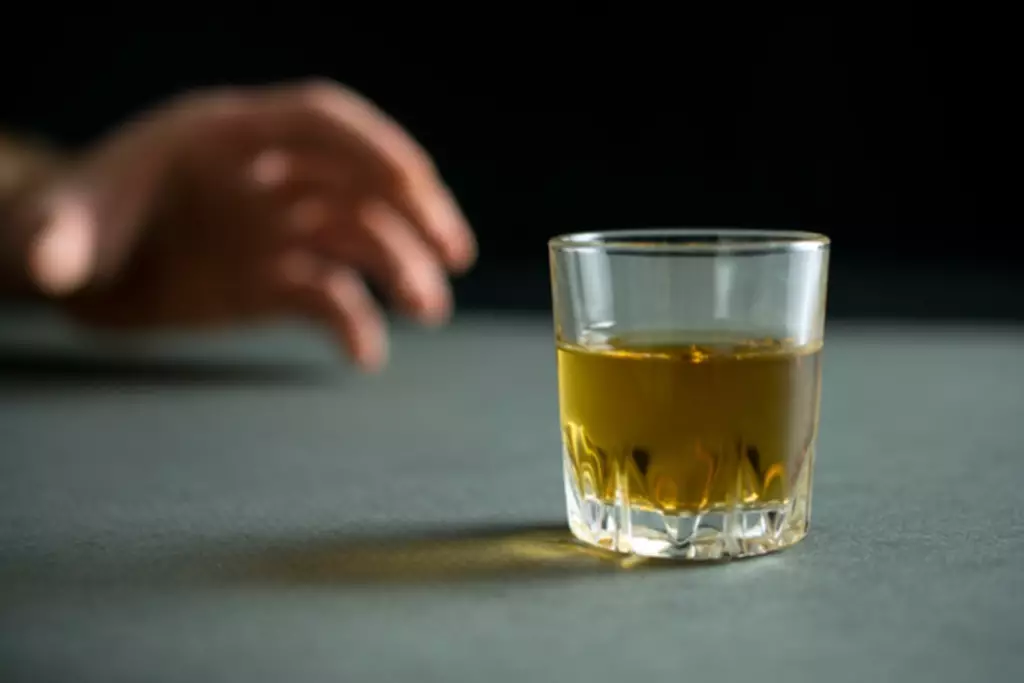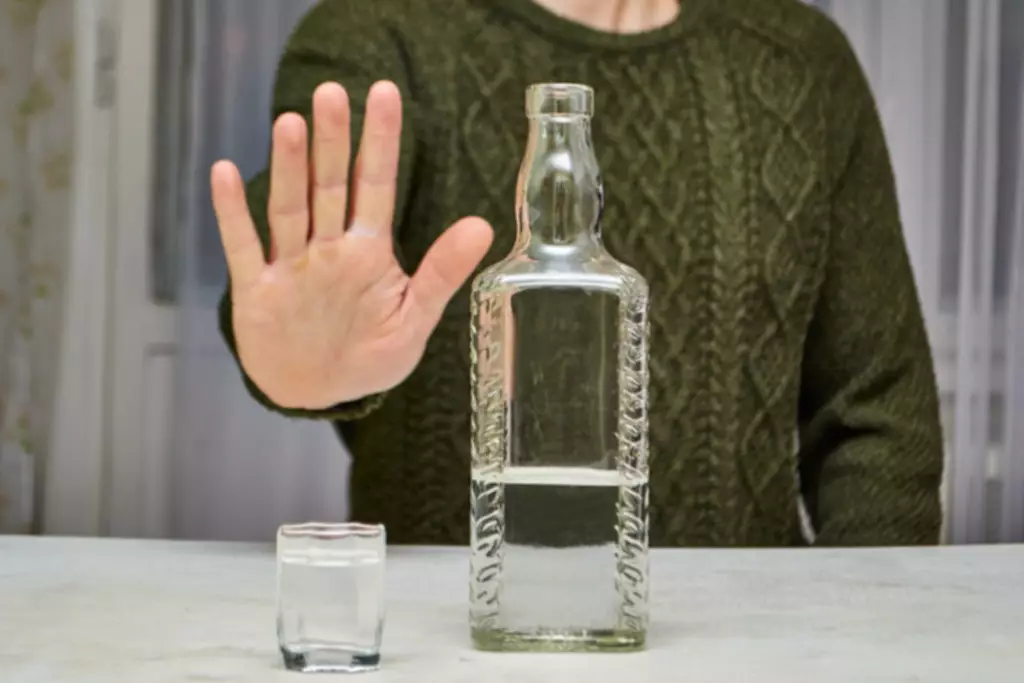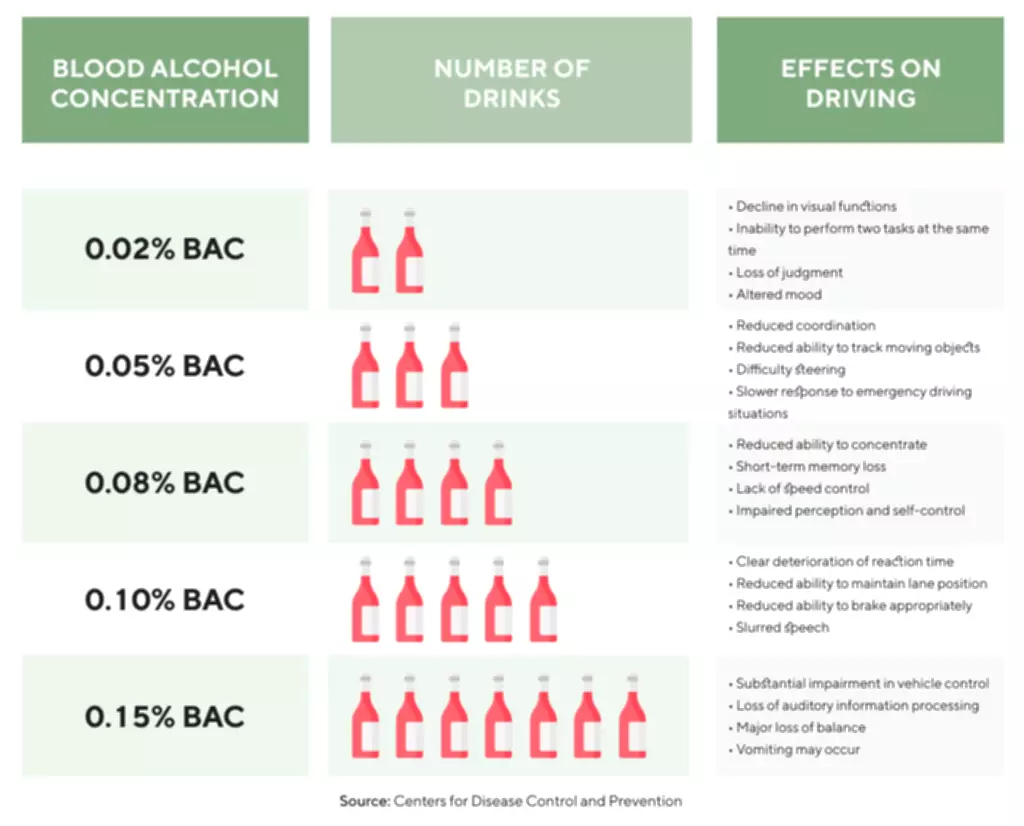
Guilt, shame, increased anxiety or depression, and drinking to cope with stress or trauma are all common emotional signs. If you’re a loved one and find yourself asking questions like “Why does my partner hide bottles? If alcohol has started to change how you show up in your relationships, that’s a sign worth listening to. The absence of visible signs in your body doesn’t mean alcohol isn’t taking a toll and doesn’t make you crazy.

Skin
- Additionally, lifestyle changes may be necessary to address the condition’s underlying causes.
- Sunnyside is a private, anonymous way to start improving your relationship with alcohol.
- In the early stages of alcoholism, signs may be subtle and easily overlooked.
The importance of early intervention and professional assessment cannot be overstated. It’s like catching a disease in its early stages – the sooner you address the problem, the better the chances of a full recovery. If you or someone you know is struggling with alcohol, don’t hesitate to reach out to a healthcare provider or addiction specialist for an evaluation. Another crucial difference lies in the ability to quit or cut back without professional help.
Facial Signs of Alcoholism

The impact of alcoholism is far-reaching, affecting not only the individual but also their loved ones and society as a whole. They will avoid talking about drinking physical signs of alcoholism and will drink at home, far from friends or family. This is because they don’t want advice or feel ashamed of drinking too much. Alcohol is a potent drug, but its effects are limited and not dangerous when you drink small amounts.
Recognizing the Signs and Symptoms of Alcohol Misuse

In this article, we’re going to guide you through seven telltale facial signs of heavy drinking. We’ll delve into each sign, explaining why and how it occurs, and what it could mean for your loved one. This isn’t a conclusive diagnosis, but it’s a starting point for understanding what might be going on beneath the surface. In the end, understanding the distinction between alcohol abuse and addiction is not just about semantics – it’s about recognizing the gravity of the situation and taking appropriate action. By educating ourselves and others, we can work towards creating a society that’s more aware, compassionate, and equipped to address alcohol-related issues. After all, every step towards sobriety, no matter how small, is a Sobriety step towards a healthier, happier life.
- According to recent studies, millions of adults worldwide grapple with alcohol use disorders, ranging from mild to severe.
- Combining alcohol and certain drugs causes the negative effects on oral hygiene to become worse.
- Having a beer at dinnertime (or even lunchtime) is common and in some circles, to be expected.
- If you or your loved one is struggling with alcoholism, contact us to learn more about how we can help.
- It’s more like a winding road with its fair share of bumps and detours.
- In many cases, they reflect an ongoing substance use disorder that’s developed quietly over time, often as a way to manage internal pain.
- From there, you will work on maintenance (learning to live sober) and, finally, transcendence or full recovery.
- For many, this is a problem that will keep us tossing and turning at night, leading to alcohol affecting our sleep.
This heavy alcohol use can eventually lead to the development of alcoholism. In the United States, approximately 14.1 million adults aged 18 or older and 414,000 children aged 12 to 17 meet the criteria for alcoholism. Additionally, prolonged alcohol misuse can cause the whites of the eyes to appear yellowish or bloodshot, further contributing to an unhealthy appearance. All in all, drinking alcohol consistently is one of the worst things someone can do if they are aiming to improve https://ecosoberhouse.com/article/alcoholism-statistics-you-need-to-know/ the appearance of their skin.


Leave a Reply